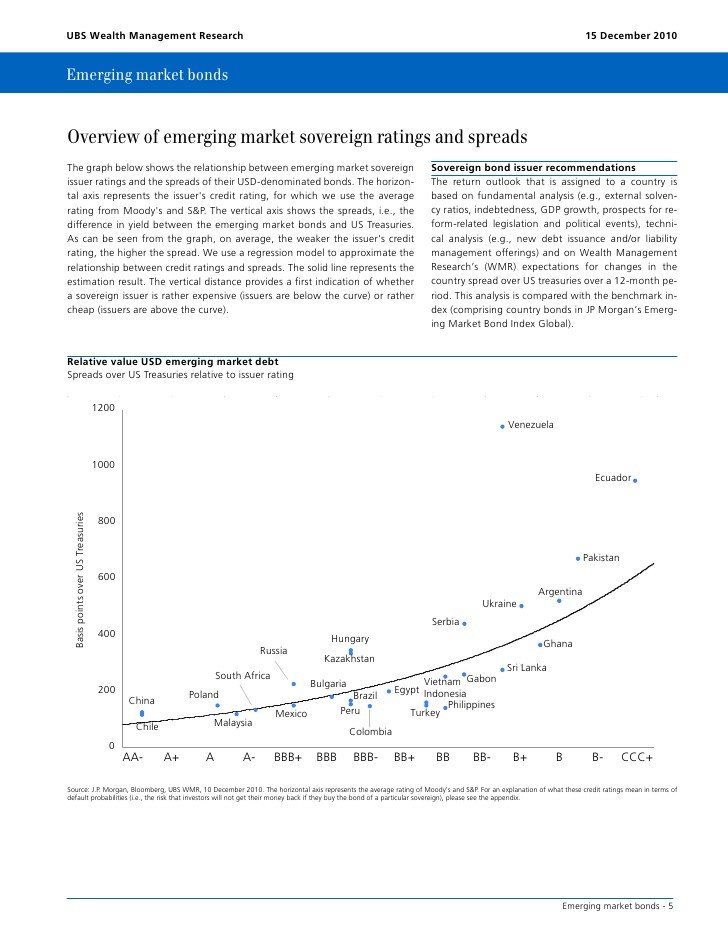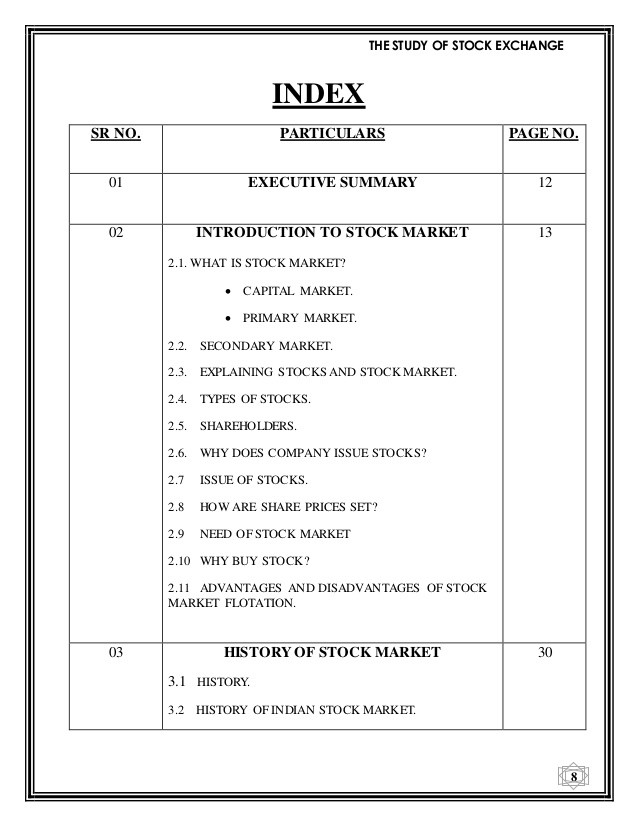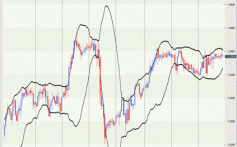An Introduction To Emerging Market Bonds_7
Post on: 16 Март, 2015 No Comment

Emerging Local Bond Strategy
Emerging market countries continue their maturation process, capitalizing on the fundamental reforms undertaken over the course of the past nearly two decades. In recent years, this has been marked by a continued shift away from the imbalanced reliance on external sources of both demand and financing. As part of the latter trend, sound fiscal policies and monetary policies, more flexible currencies, growing private pension systems, and higher savings rates have enabled governments to develop domestic bond markets. These bond markets enable investors to get exposure both to local interest rates and to the currencies of emerging markets, both of which PIMCO view as important return engines in the context of the changes taking place in the global economic landscape.
The emerging countries have not been immune from the dislocations that have consumed the global economy over the course of the past two years. However, their strong initial conditions—low levels of public indebtedness compared to past crises, strong budget positions, credible monetary policy, and high levels of international reserve cushions—enabled them to respond with fiscal and monetary stimulus. In many cases, countries were able to either grow through the crisis or recover quickly. Nonetheless, even as the focus shifts away from aggressive easing, interest rates in these countries generally remain attractive relative to those in the developed markets, offering not only an attractive yield pickup but potential for yield compression as well.
Local bond exposure also allows investors to access the fundamental appeal of emerging market currencies. The investment underpinnings of such exposure—favorable growth and inflation differentials and strong balance-of-payment dynamics—remain intact for most of the emerging world. In addition, despite having recovered meaningfully in 2009, valuations remain attractive relative to the long-term fair-value assessments to which currencies gravitate over time. Emerging currencies also afford investors a hedge against potential U.S. dollar weakness which PIMCO expects will facilitate the rebalancing of global economic activity.
Not only do the local bond markets represent the next frontier of emerging markets fixed income beyond U.S. dollar-denominated assets, but they are an increasingly liquid asset class owned by a highly diversified investor base. As emerging countries have increased debt issuance in their own currencies, pursuing liability management programs and developing their domestic capital markets, local yield curves have extended and local investment opportunities have increased. As a result, local bond markets have become quite liquid, in some cases more liquid than the external debt markets.

PIMCO’s Emerging Local Bond Strategy invests primarily in fixed income instruments denominated in the currencies of the emerging markets. PIMCO generally considers an emerging market to be any country that has not been classified by the World Bank as a high-income Organisation for Economic Co-operation and Development (OECD) economy for the past consecutive five years though we retain broad discretion to invest in countries which exhibit developmental characteristics consistent with emerging markets. The current per capita Gross National Income (GNI) cut off level is defined by the World Bank as $11,906).
PIMCO’s Emerging Local Bond Markets Experience














